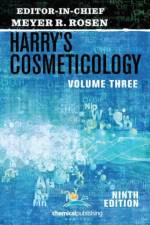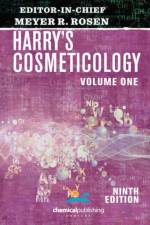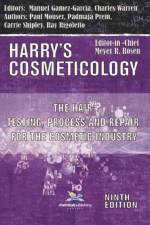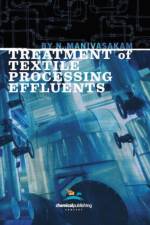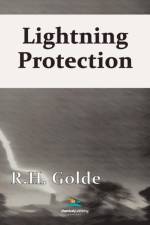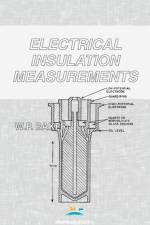av Anthony Woollen
3 451
Contents - List of Figures -List of Tables -I. Baking: - J. F. Herringshaw (A.R.C.S., Ph.D., F.R.I.C.) - II. Canning and Freezing: - D. A. Herbert (F.R.I.C., F.I.F.S.T.,M.I.Biol.) and J. D. Felmingham (B.Sc., F.R.S.H., F.I.F.S.T.,M.Inst.Pkg.) - III. Confectionery: - R. Lees (M.R.S.H., A.I.F.S.T.) -IV. The Dairy Industry: - J. G. Davis (D.Sc., Ph.D., F.R.I.C.,F.I.F.S.T., F.R.S.H.) -V. - Dehydration: - C. G. Tucker (B.Sc., F.I.C.I., F.I.F.S.T.) -VI. Fats and Fatty Foods: - P. Brown (M. Inst. Inf. Sci.) and I. D.Morton (Ph.D.) -VII. - Fish Processing: - C. L. Cutting (Ph.D., B.Sc.) -VIII. - Fruit Juices and Fruit Juice Beverages: - J. Shacklady (B.Sc.,A.R.I.C., F.I.F.S.T.) -IX. - Meat and Meat Products: - Fergus Hill (Ph.D.) -X. - Flour and Flour Milling: - J. F. Herringshaw (A.R.C.S., Ph.D.,F.R.I.C.) -XI. - Nutrition: - A. E. Bender (Ph.D., B.Sc., F.R.I.C.) -XII. - Packaging: - F. A. Paine (B.Sc., F.R.I.C., M.Inst.Pkg., A.M.I.O.P.) -XIII. - Preserves: - J. R. Blanchfield (B.Sc., A.R.C.S., F.R.I.C., F.I.F.S.T.,M.R.I.P.H.H.) -XIV. - Pickles and Sauces: - J. R. Blanchfield (B.Sc., A.R.C.S., F.R.I.C.,F.I.F.S.T., M.R.I.P.H.H.) -XV. - Storage, Refrigeration and Handling: Frank H. Slade (C.Eng.,M.I.Mech.E.) -Index -











